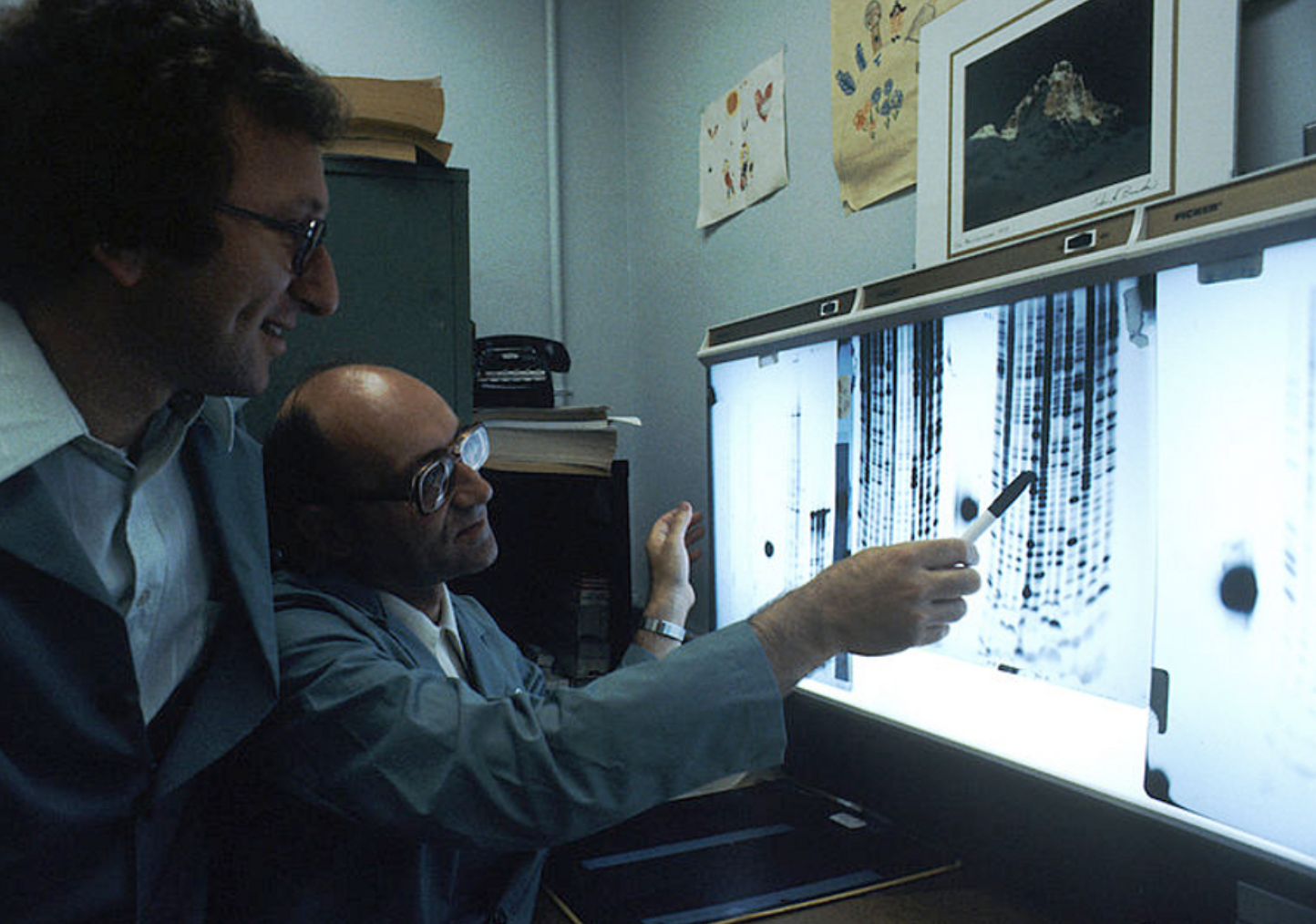
DNA sequencing is simply the process of revealing the order of bases in DNA length. Its development has long helped to advance people’s understanding of genetics. And also figure how DNA sequencing came about.
Table of Contents
The Breakthrough in DNA Sequencing: Sanger Sequencing Method
The Sanger sequencing method made it possible to read the genetic code for the first time. It got based on the natural process of DNA replication. Fredrick Sanger devoted his time working on an alternative DNA sequencing method. In 1977, he then developed the first DNA sequencing method. This method utilized the radiolabelled partially digested fragments known as the chain termination method, which dominated the sequencing world for the next couple of years. Sanger was awarded different Nobel Prizes for his achievements.
DNA Replication
Also known as semi-conservative replication, DNA replication involves the doubling of DNA. The process takes place within the living cell. DNA is made of numerous nucleotides composed of deoxyribose sugar. And with phosphate and a nucleobase attached to it. The nucleotides are attached via the phosphodiester bonds to produce a sugar-phosphate backbone. In a usual DNA strand, cytosine binds guanine while the adenine binds to thyine. This two then form a double helix. The three stages of DNA replication are Initiation, elongation, and termination.
When the DNA gets unzipped, two separate strands get created. The RNA binds the template strand, and an enzyme known as the DNA polymerase binds the primer. That goes on until two identical copies of the double-stranded molecules get produced.
Benefits of DNA Sequencing
DNA sequencing has enabled scientists to determine genome sequences. It has also helped the medical and pharmaceutical industries to identify the genes that cause genetic diseases such as myotonic dystrophy and others that make genes not function optimally. Also, diseases such as cancer can get detected by observing different genes.
Some of the applications of DNA sequencing include:
Forensics
DNA sequencing ahs have been applied in this department to identify individuals involved in crime. DNA sequencing helps to come up with proof from the crime scene with the help of skin, nails, hair, blood samples.
DNA sequencing is also helpful in determining the paternity of a child.
Agriculture
DNA sequencing also plays a significant role in agriculture. It helps with mapping and sequencing. And also help agriculturalists with their crops to increase their resistance against pests and insects.
Sanger Sequencing
The DNA double helix gets broken down using chemicals or heat to separate the strands. That will act as templates for DNA synthesis. Primers then get added and labeled so that the DNA synthesized can get detected. Terminators get included in small amounts. The resulting mixture is a radioactive DNA of varying lengths ending in the same base.
The same reaction is also set up for the other bases. The DNA pieces then get separated according to size through electrophoresis.
First, these pieces get loaded into varying lanes of gel that looks like transparent jelly. The electrodes then get placed on either side, and an electrical current is applied. Since the DNA gets negatively charged, when the current gets applied, the fragments migrate to the positive end of the gel since opposites attract.
It is worthy to note that small fragments go through the gel quickly than the larger fragments. The labelled DNA then gets visualized by exposing the gel to the X-ray film. That radioactively labelled DNA then makes the film turn black. The film is known as the autoradiogram.
Each band on these films is correspondent to where a specific terminator version of the bases gets added. You can therefore proceed to read off the sequence of the DNA from the bottom of the film.